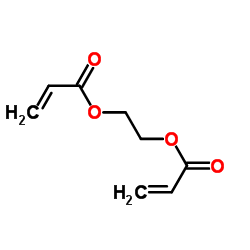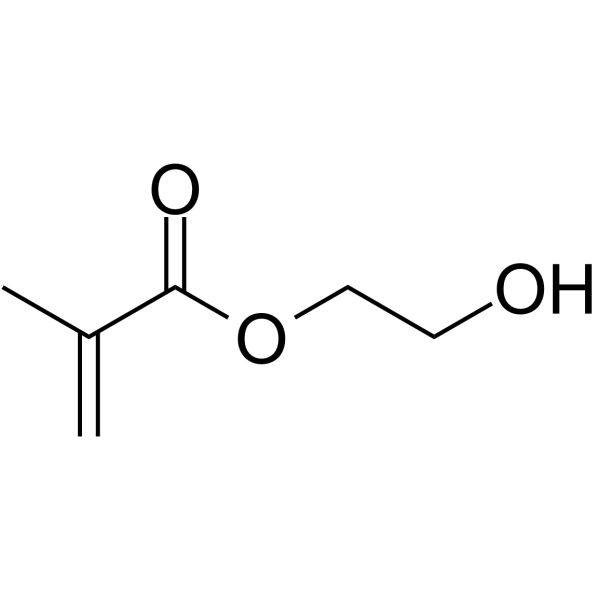| Structure | Name/CAS No. | Articles |
|---|---|---|
 |
Ethylene diacrylate
CAS:26570-48-9 |
|
 |
2-Hydroxyethyl methacrylate
CAS:868-77-9 |